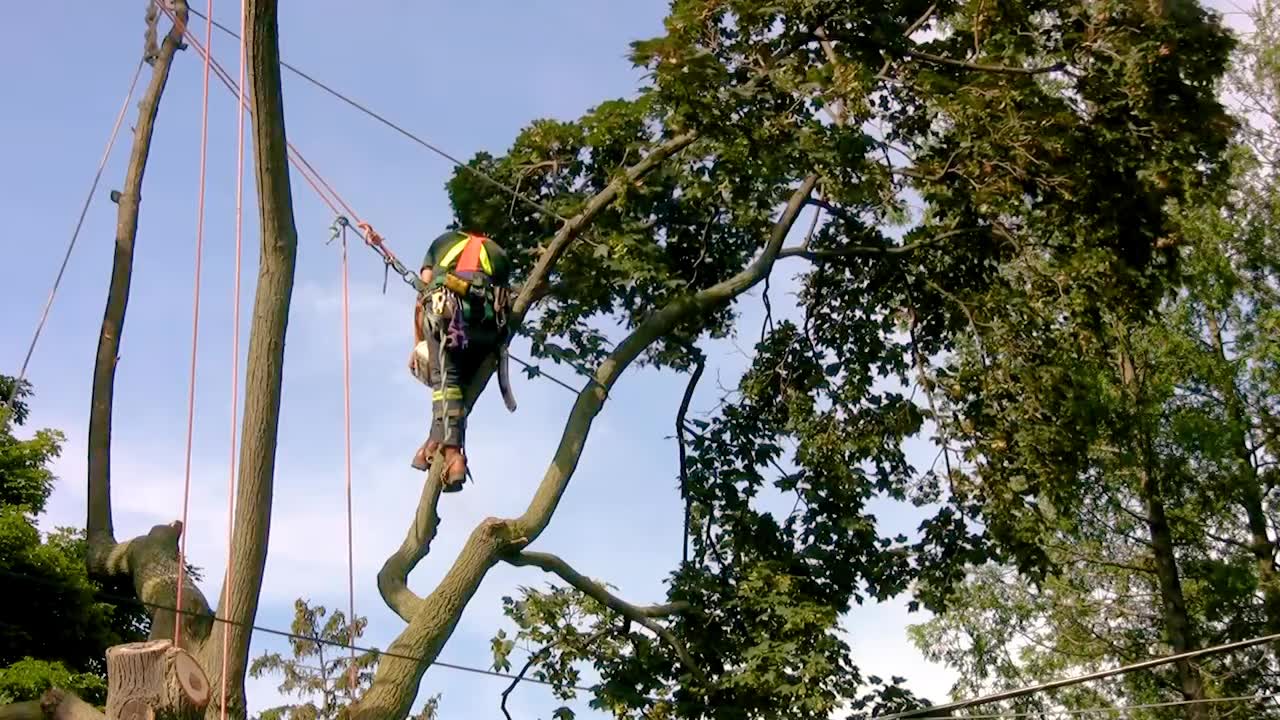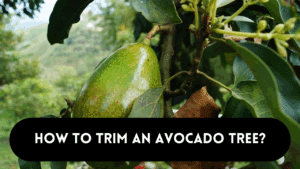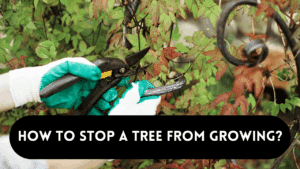For reasons of both aesthetics and the environment, it is essential to maintain healthy trees on your property. Although it may appear to be a simple choice, the ramifications are extensive, affecting not just the beauty of your environment but also the health and longevity of your prized trees. The decision of whether or not to remove grass around trees is one that many homeowners struggle with. In this essay, we’ll examine the motivations behind this choice and how to make it successful.
The Value of Tree Maintenance
1. Resource Allocation Conflict
For vital resources like water, nutrients, and sunlight, grass competes with trees. The growth and health of the tree may be hampered if grass is allowed to spread too close to the tree’s base.
2. Health and Pest Infestation Risk
Around trees, tall grass can serve as a shelter for pests and diseases. Eliminating the grass lowers the likelihood of infestation.
By removing the grass, you can create a neat and eye-catching environment that highlights the beauty of your trees and landscaping elements.
How to Remove Grass Around Trees?
Of course, the following is a more thorough explanation of how to successfully remove grass around trees:
Collect your tools.
Make sure you have the tools and materials you need before you start. You’ll need a shovel, garden hoe, or other appropriate digging tool; mulch; a wheelbarrow or compost container for the grass you remove; and any necessary safety gear like gloves and safety goggles.
Get the Area Ready:
Make sure there are no obstructions or items in the area around the tree that can interfere with your job. To make a workplace that is secure and open, remove any rocks, branches, or other objects.
Select the Approach:
Choose whether you want to use manual or mechanical equipment to remove the grass. When you want to remove something manually, it’s best to use small spaces.
1. Manual Extraction
To carefully remove the grass from the area surrounding the tree’s base, use a shovel or garden hoe. Be careful not to harm the tree’s roots while doing this.
2. Mulching
It entails covering the base of plants and trees with a layer of material, such as wood chips, shredded bark, or compost. To help prevent grass growth and provide moisture for the tree’s roots spread a layer of mulch around the tree. As mulch breaks down, it feeds the soil as well.
3. Herbicides:
Grass near trees can also be eliminated using herbicides. To reduce the danger of harm to the trees and the surrounding area, herbicides should be used sparingly and cautiously around trees.
Sure enough, the following details how to destroy grass without using chemical herbicides naturally:
Smothering Using Newspaper or Cardboard:
Smothering grass with layers of cardboard or newspaper is a simple and efficient way to destroy it. Place these items on top of the grass, making sure they overlap to obscure the sun.
Mulch or compost should be applied over the cardboard or newspaper. The grass beneath will eventually die as a result of the lack of sunshine.
Solarization
A method called solarization harnesses the sun’s heat to kill weeds and grass. Water the area well to get things started. Then drape a transparent plastic sheet or tarp over the grass. Under the plastic, the sun’s greenhouse effect will heat the ground and destroy weeds and grass.
Treatment with Salt (Use Caution)
Although salt can efficiently kill grass, it must be used with caution because it might damage the soil and prevent future plant growth. To help the salt infiltrate the soil, sprinkle a tiny amount of salt over the grass while keeping it away from the tree’s root zone. Then, give it a good soaking with water.
Heat Water:
The grass can be scalded and killed by being immediately poured over with boiling water. Use caution and stay away from the tree’s root zone when using this technique because it could harm the soil and help bacteria.
Benefits of Cutting the Grass Near Trees
- Your trees will receive more nutrients, water, and sunlight as a result of less competition for resources, which will encourage healthy growth.
- With less time spent mowing and weeding around your trees, maintaining your yard will be easier.
- The chance of pest infestations and tree diseases is decreased when grass is removed, which ultimately results in lower treatment costs.
Negative Effects of Cutting Grass Around Trees
- Some homeowners may find the transition to a grass-free area less alluring at first since they love the appearance of grass around their trees.
- Mulch replenishment is an additional chore in your routine for maintaining your yard.
- Lack of grass can enhance soil erosion, especially during periods of high rainfall.
- Grass aids in insulating the soil and preventing compaction, which can happen when the vicinity of a tree turns into a busy location
- Removing the grass can expose the soil to direct sunlight, which will heat it in places with intense sunlight and high temperatures.
- Grass can add nutrients and organic matter to the soil.
FAQS
1. Why should I consider removing grass around trees?
Removing grass around trees can provide several benefits. It reduces competition for water, nutrients, and sunlight, promoting the health and growth of your trees.
2. How does grass compete with trees?
Grass competes with trees for essential resources, such as water and nutrients in the soil. The extensive root system of grass can limit the availability of these resources to tree roots.
3. When is the best time to remove grass around trees?
The best time to remove grass around trees is typically in the spring or fall when the weather is milder. Avoid doing this during extreme heat or cold.
4. What’s the most effective method for removing grass around trees?
You can remove grass manually by digging it up or using a sharp shovel. You can also use mulch to smother the grass. Be sure to remove grass from the tree’s root zone, which is typically within the tree’s drip line.
5. What are the benefits of mulching around trees instead of having grass?
Mulching around trees helps retain moisture, suppress weed growth, and maintain a more consistent soil temperature. It also provides a neat and attractive appearance to your landscape.
Conclusion
It is important to thoroughly weigh the pros and cons before deciding whether to cut the grass near trees. However, it may also expose tree roots to potential injury, increase soil erosion, and change the beauty of your environment. Grass removal can improve tree health, lessen competition for resources, and make maintenance easier.
Whether using a mechanical or hand removal method, the tree should be carefully protected during the operation. Applying mulch after removal promotes environmental cleanliness, health, and visual appeal while reducing upcoming grass growth. Ultimately, a balance that benefits trees and landscapes can be achieved by careful planning and effective execution.




